- How To Tackle Jealousy In Creative Writing
- Common Submission Mistakes
- How To Stop Your Blog Becoming Boring
- The One Thing Every Successful Writer Has In Common
- How To Make Yourself Aware Of Publishing Scams
- Why Almost ALL Writers Make These Grammar Mistakes At Some Point
- 5 Tips For Authors On How To Deal With Rejection
- Top Mistakes to Avoid When Writing a Novel
- How to Avoid Common New Writer Mistakes
- 10 Mistakes New Fiction Writers Make
How To Structure Your Story
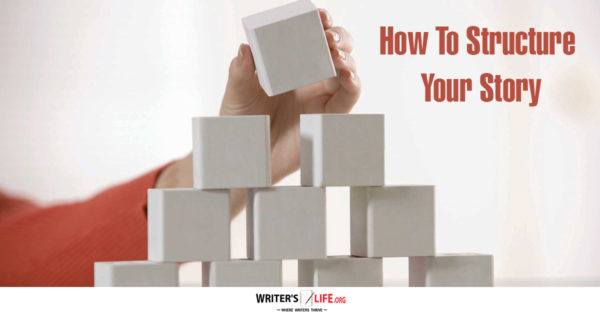
We’ve all been told time and time again how important it is to have a solid story structure. This is all well and good, and we know that having a beginning, middle and an end is fairly standard.
But when it comes to actually developing a story structure many writers glaze over assuming the story will naturally unfold by itself. This is unfortunate as when authors do dedicate time and effort to this - it can make all the difference. In fact, the story structure is so often overlooked by writers, and yet it is arguably the most important part!
As with all elements of novel writing, creating a solid story structure cannot be entirely prescriptive. It is up to individual writers to figure out how they like to work, and what works best for them. However, there are certain elements, which if followed, give writers the greatest chance of creating a story structure that will hold its own, have a significant impact on your readers, and bring your story to life.
So what exactly are they? Let’s take a look.
What’s your point?
The most important part of your story is understanding exactly what draws readers in? What is that hook that you’ve got that turns your story from being just another book to one that readers simply cannot put down? The hook is what drives your story forward, what captivates your audience, what makes you reader desperate to know what happens next, and, here’s the tough part, your hook needs to be written into your very first chapter otherwise you’ll lose half your readers before you have even begun.
Take your time.
The first 20% of your book can be about introducing your characters, setting the scene and mood and indicating what the reader can expect from the rest of the book. It may seem like a lot, but readers need to get to know the characters, as well as the world in which they live and to care about what happens to them before you delve into the main action. If you rush this part when you start building up the drama, no one will care.
Start a chain reaction
Your story should contain a series of events and should explain how your characters are affected by and react to these events. Early on in your story, you should start a chain reaction. The first event that happens should catalyse all the rest and should act as a ripple, spreading further and further out so it becomes something effects everyone and everything.
Set off explosions
At several points in your story, you should cause explosions. These catastrophic, mind-blowing events or revelations disrupt the ripple; they change the course of the action; they make your characters see things in a different way. The closer you get to the end of your book the more these explosions should go off. Your main characters stop reacting to what is going on around them and decide to start acting instead! This leads to the climax of your story the major point where all the action and drama comes to a head.
And breathe…
The end of your story is where you readers should be able to sit back in their seats and take one big deep breath. Here is where you resolve loose ends and decide whether you’ll leave your readers feeling relieved and happy, or heartbroken and devastated. Either way is fine, but make sure you leave them feeling something!
Structuring your story in this way will help you ensure that you hook the reader in, create memorable and engaging characters, keep your reader turning those pages and then letting your story come to a satisfying end. So, next time you are writing, pay more attention to your story structure - you’ll be so glad you did.

Bethany Cadman -author of 'Doctor Vanilla's Sunflowers'








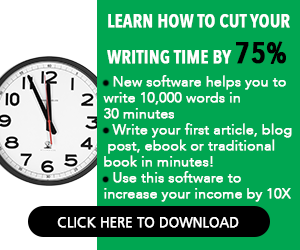


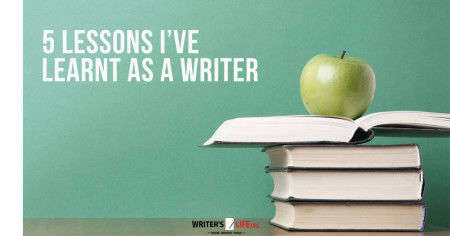
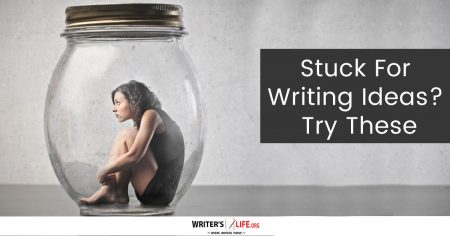




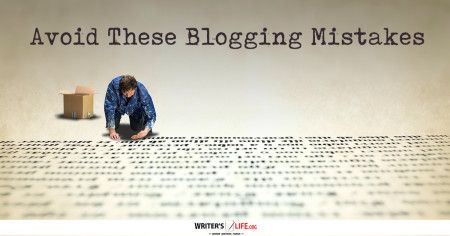
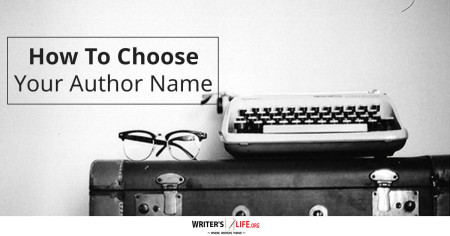

One Comment